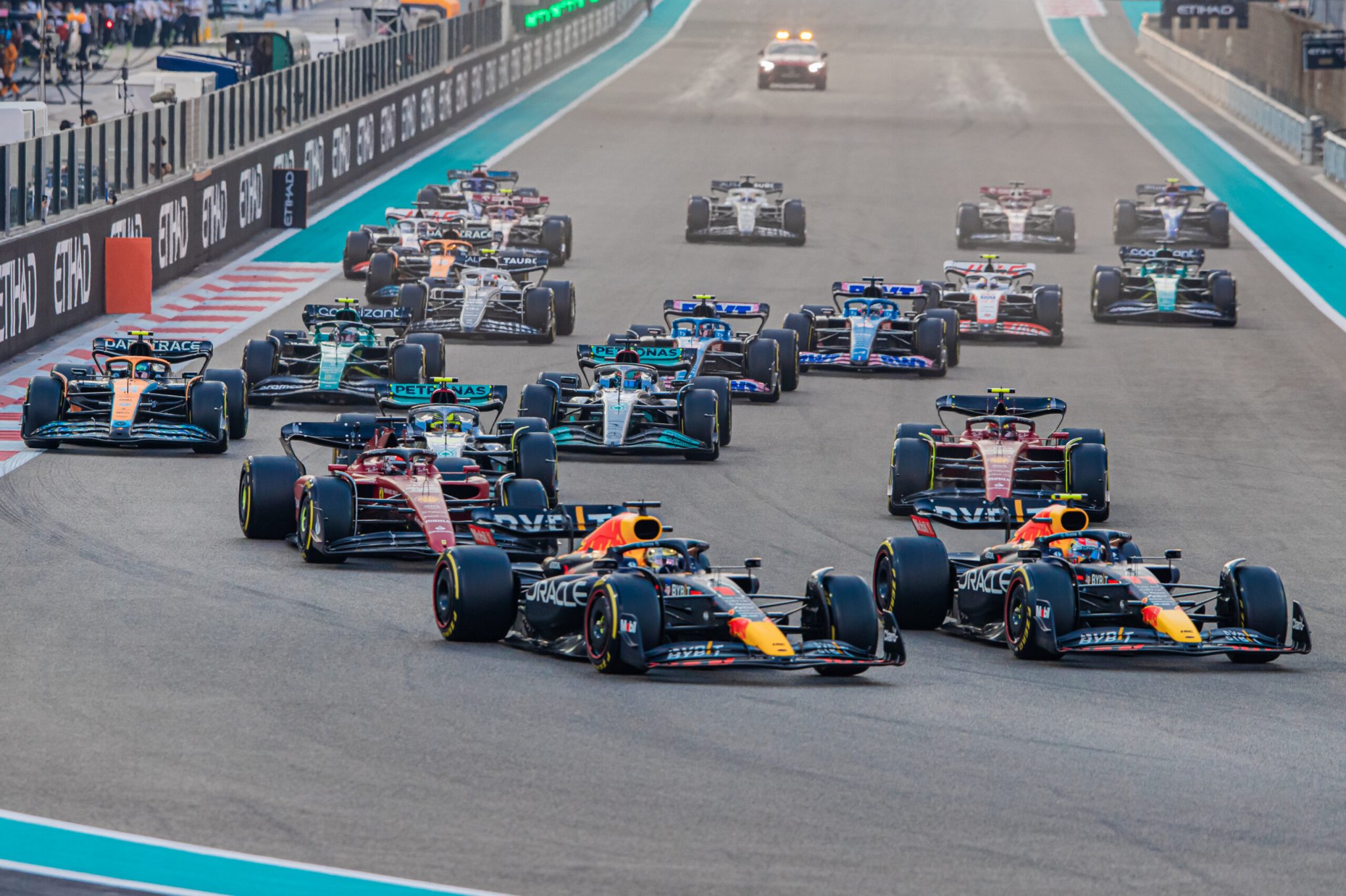

Formula 1’s 2023 season is shaping up nicely, with car reveals scheduled throughout the upcoming months, colossal shakeups in team leadership, and newcomers to the grid waiting for their chance to prove themselves. But there’s still more to come in terms of rule changes, including trialing new qualifying formats and aerodynamic tweaks. Here are all of the minutiae that F1 is changing for 2023.

The headline change is the adjustment of the ride height and floor regulations to combat porpoising, a problem that most teams had under control by the end of last season but still presented itself in certain circumstances. The main concern was driver safety. Porpoising could become violent enough to cause physical harm to drivers, and the rules have changed to help prevent the phenomenon. It’s four changes: more floor edge stiffness, a higher diffuser, the floor edges are raised by 15mm, and the FIA has mandated a sensor to monitor and enforce porpoising rules introduced in 2022. Overall, it should slow the cars down a little bit.
Another change that affects performance directly are new minimum weight regs, with the minimum weight going down 4.4 pounds to 1755 lbs total weight. It’s minuscule, but probably worth hundredths of a second per lap. Teams are also now allowed to make changes to gearboxes with the approval of the FIA and proof that it does “not give any performance advantage.” Finally, teams have more flexibility to cool fuel down to 50 degrees Fahrenheit below ambient or down to a hard limit of 50 degrees Fahrenheit.

Safety regs are also in play, with new strengthened roll hoops because of Guanyu Zhou’s crash at the British Grand Prix as well as 50mm wider mirrors to aid driver visibility. But the most interesting of the changes are sporting related: trialing a new qualifying format and doubling the number of sprint races. For certain races this year, qualifying will be a Revised Qualifying Format (RQF) where there will be no free tire choice. Instead, Q1 will require the hard compound tire, Q2 the medium, and Q3 the soft. Tires are also allotted 11 sets of tires instead of dry tires instead of 14 sets, shaking strategy up for those events.
With the second year of the all-new aerodynamic regulations, things are sure to keep progressing rapidly. The new floor regulations is sure to shake things up for teams that have embraced porpoising like Ferrari and teams that have made it disappear like Red Bull. We’ll have to wait until March 5 to see what’s what.
Got a tip? Email tips@thedrive.com